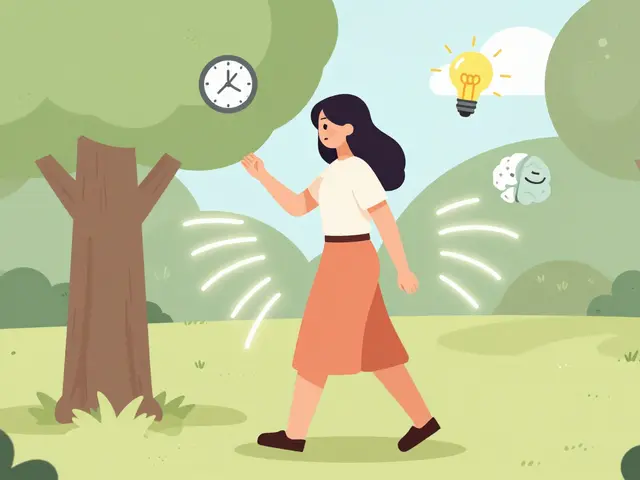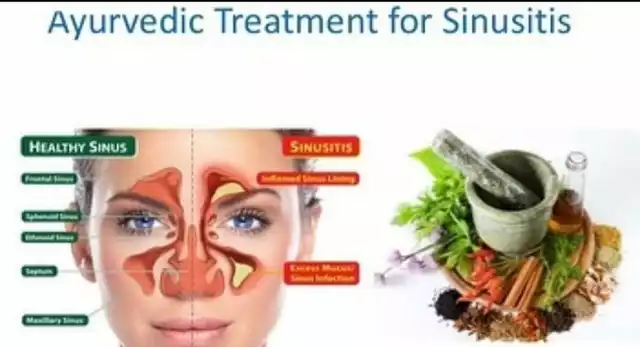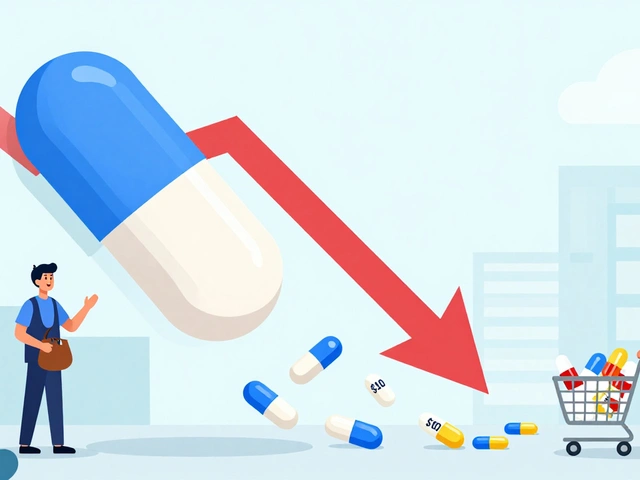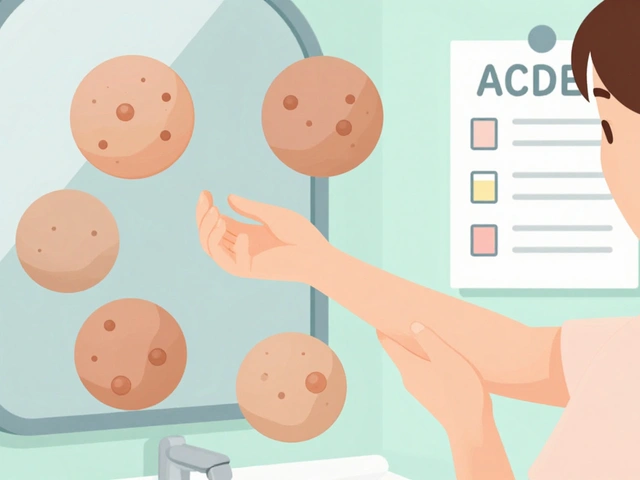Arrhythmia treatment: what works and what to expect
Feeling an odd flutter, skipped beat, or racing heart can be scary. The good news: many arrhythmias are treatable. Treatment depends on the type (like atrial fibrillation, SVT, or ventricular arrhythmia), how often symptoms happen, and any heart damage. Below I’ll walk you through the common options and simple steps you can take right now.
Common treatment options
Medications are usually the first step. Beta-blockers and calcium channel blockers slow a fast heart rate and relieve symptoms. Antiarrhythmic drugs (amiodarone, flecainide, sotalol) aim to restore or keep a normal rhythm, but they can have side effects and need monitoring. If you have atrial fibrillation, your doctor may also recommend blood thinners (anticoagulants) to lower stroke risk—this is a major part of care for many patients.
Procedures are an option when meds don’t work or aren’t tolerated. Catheter ablation uses heat or cold to block the electrical pathway causing the arrhythmia and can be curative for some people, especially with SVT or certain AFib cases. Pacemakers treat slow rhythms; implantable cardioverter-defibrillators (ICDs) protect against life-threatening fast rhythms.
Sometimes treating an underlying issue fixes the rhythm problem. If thyroid disease is the cause, treating hyperthyroidism often stops the arrhythmia. Low or high electrolytes (potassium, magnesium) or drug interactions can trigger arrhythmias, so labs and medication reviews are essential.
Practical steps you can take now
Keep a simple log: note when palpitations happen, what you were doing, how long they lasted, and any medicines or supplements you took. Bring that log plus a full medication list to your appointment—this helps your doctor find triggers fast. Ask for an ECG or a Holter monitor if symptoms are intermittent; those tests catch rhythms that a single clinic ECG might miss.
Small lifestyle moves can make a difference: cut back on caffeine, limit binge drinking, manage stress, and treat sleep apnea if you have it. Weight loss and regular exercise lower AFib risk for many people. Also, avoid mixing meds that raise heart rate or prolong QT interval without your doctor’s OK.
Know when to get help: go to the ER if you have chest pain, fainting, severe shortness of breath, or a very fast or very slow heartbeat that feels dangerous. For non-emergency but persistent symptoms, see your primary care doctor or a cardiologist—if needed they’ll refer you to an electrophysiologist (a heart rhythm specialist).
If you want, print your symptom log and bring questions: What drug fits my situation? Do I need anticoagulation? Is ablation an option for me? That makes appointments focused and useful.
Arrhythmias vary a lot, but with the right tests and a clear plan you can reduce symptoms and lower risks. Talk to your care team, keep track of what happens, and don’t ignore warning signs—timely action matters.

Cordarone: Uses, Side Effects, Dosage, and Essential Safety Guide
Get a straightforward guide on Cordarone: how it works, benefits, risks, side effects, and practical tips for people who want to understand amiodarone better.
View More




